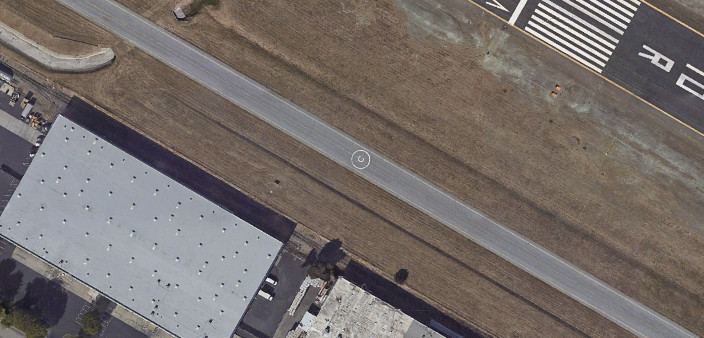Helicopters are remarkable machines capable of vertical takeoff and landing, hovering, and maneuvering in ways fixed-wing aircraft cannot. But how do these complex machines actually fly? Unlike airplanes that rely on forward motion to create lift over fixed wings, helicopters generate lift through rotating blades, known as rotors.
The key to helicopter flight lies in the design and manipulation of these rotor blades. Each blade is shaped like an airfoil, similar to an airplane wing. As the rotor blades spin rapidly, they create lift due to their shape and angle of attack – the angle at which the blades meet the oncoming air. By increasing the angle of attack or the speed of the rotors, pilots can generate more lift, allowing the helicopter to ascend.
Controlling a helicopter involves manipulating the rotor system in several ways. The collective pitch control changes the pitch angle of all rotor blades simultaneously. Increasing the collective pitch increases the angle of attack on all blades, generating more lift and causing the helicopter to climb, or vice versa to descend.
 Spot Charlie
Spot Charlie
Directional control is achieved through cyclic pitch control. This system allows the pilot to selectively alter the pitch of each rotor blade as it rotates. By increasing the pitch of blades on one side of the rotor disk and decreasing it on the opposite side, the pilot tilts the rotor disk. This tilting changes the direction of the thrust force, causing the helicopter to move horizontally in the desired direction – forward, backward, or sideways.
Another critical component is the anti-torque rotor, typically located at the tail. As the main rotor spins, it creates torque, a rotational force that would cause the helicopter fuselage to spin in the opposite direction. The tail rotor provides thrust in the opposite direction to counteract this torque, keeping the helicopter stable and allowing for directional control, particularly for yaw (turning left or right). Some helicopters utilize a NOTAR (No Tail Rotor) system or coaxial rotors to achieve anti-torque and directional control in different ways.
Helicopter flight is a complex interplay of aerodynamics and mechanical control. Mastering the collective, cyclic, and anti-torque controls allows pilots to precisely manage lift, thrust, and direction, enabling the unique flight capabilities that define helicopters. From hovering motionless to rapidly maneuvering, the principles of rotary wing flight make helicopters versatile and essential aircraft in various roles.